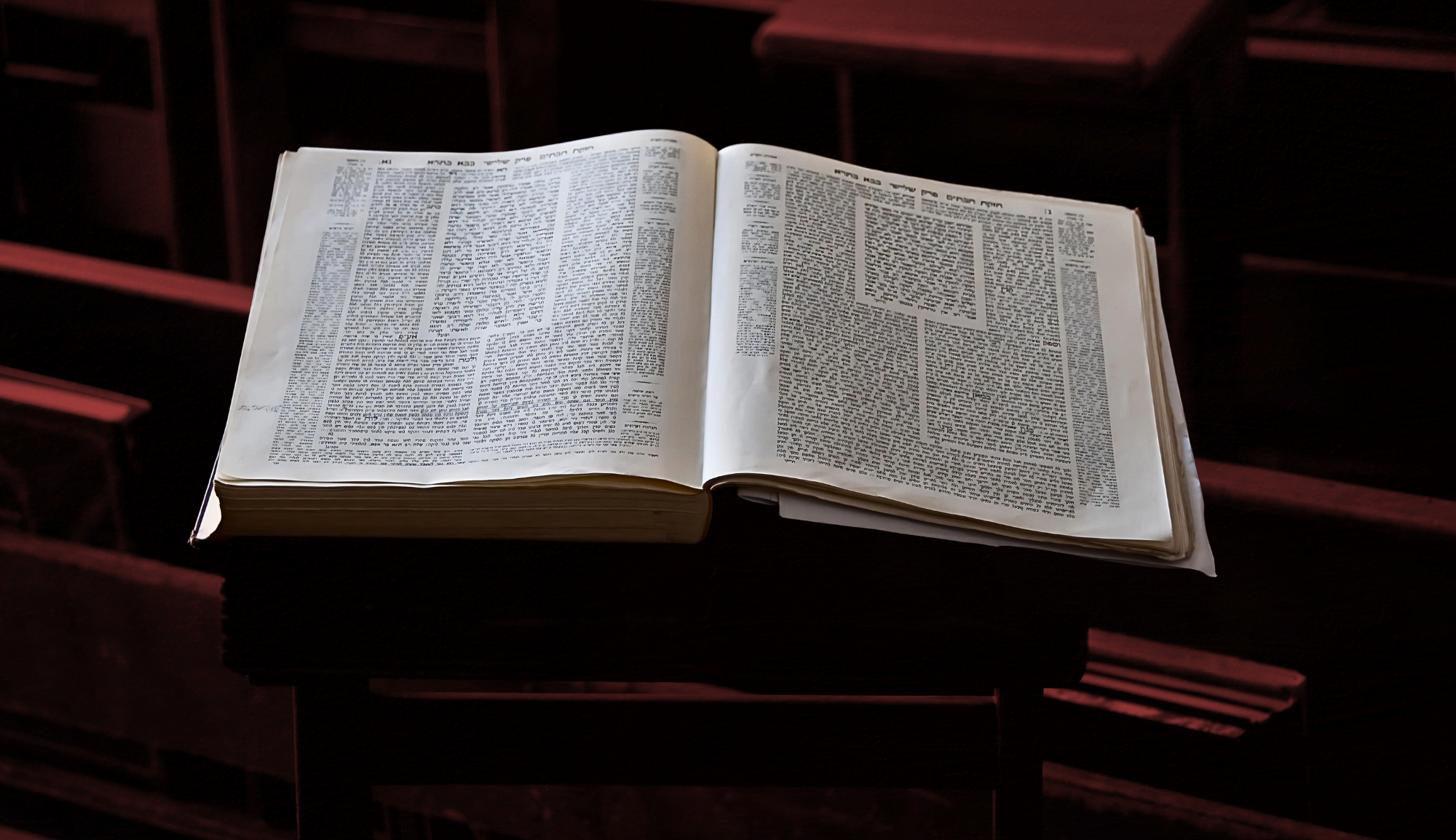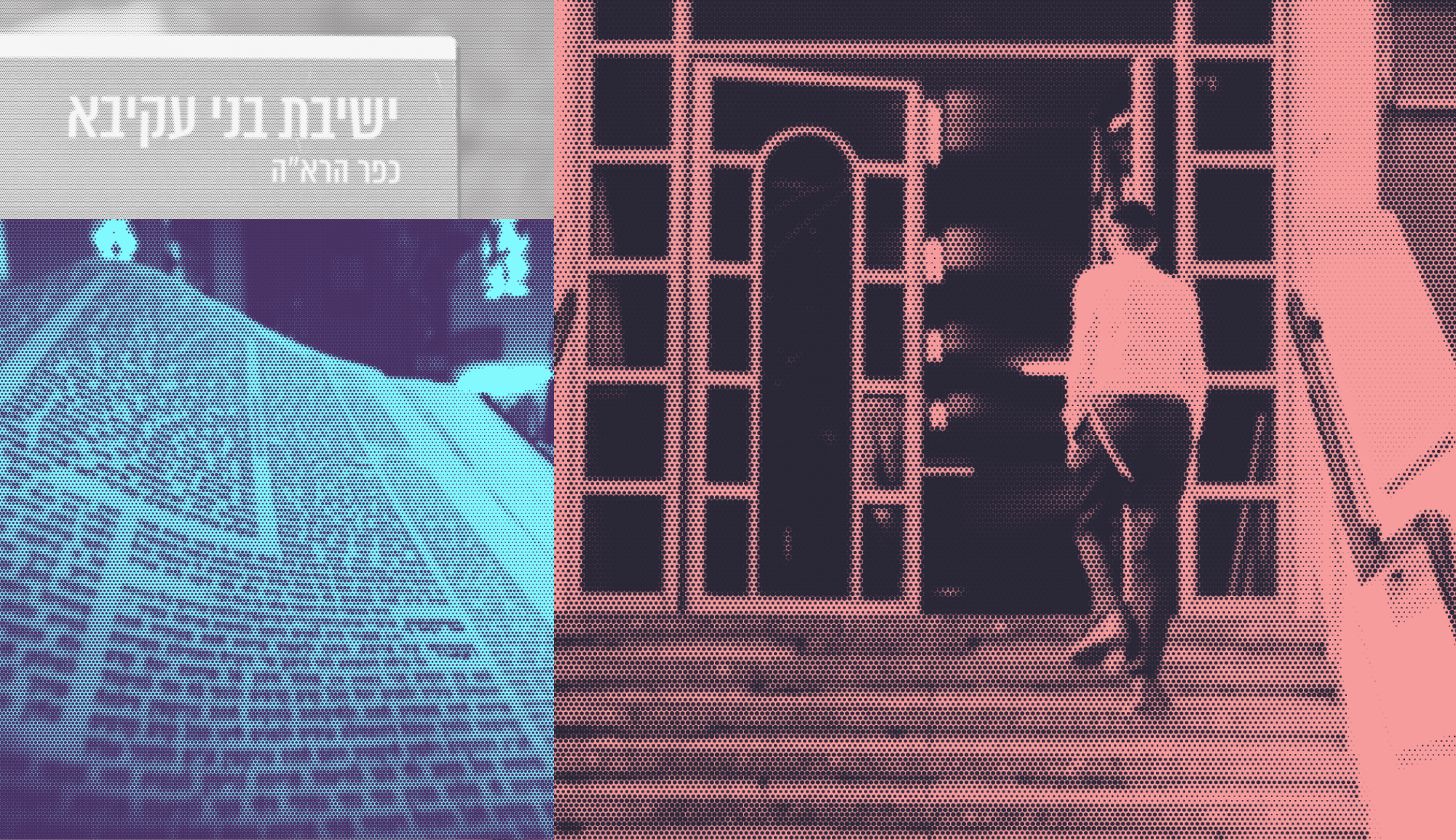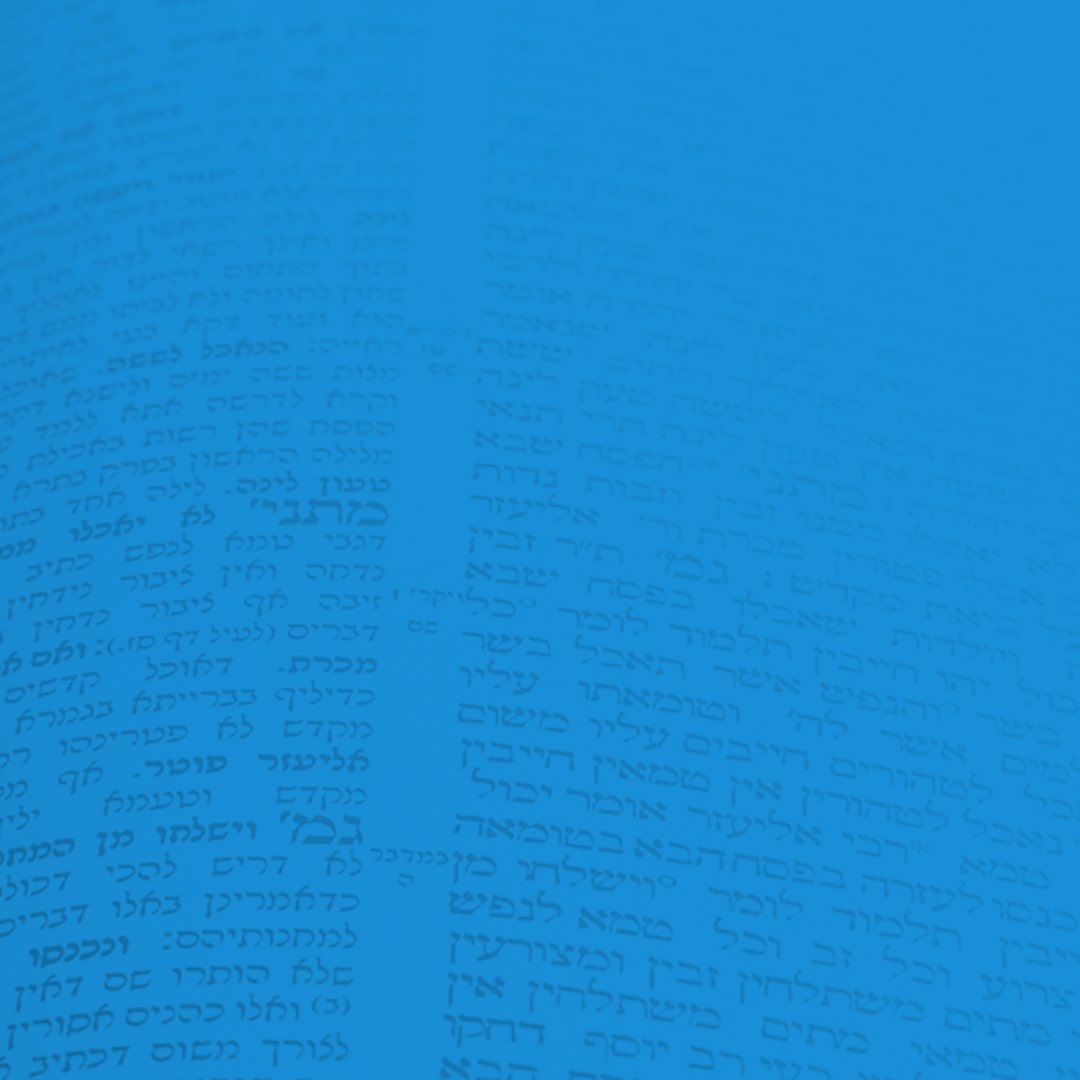Who Gave the Talmudic Rabbis Their Power?
There is circularity that underlies nearly all of rabbinic law. Open up the…

The Talmud is a chaotic text with a few frustrations. When you open to the first page, it assumes that you’ve already read the whole thing. Its logical path is a non-linear patchwork of discussion across time and space. Some of its resolutions feel like deus ex machinas. While the Talmud has many possible interpretations,…
There is circularity that underlies nearly all of rabbinic law. Open up the…

My love of Talmud did not begin with Talmud—it began with Hasidut. Specifically,…

Explaining any element of Jewish law to someone else can be difficult. I’m…

Why start here? In a brief opening thought, David explains the role of Talmud in finding meaning amid chaos.
Why start here? In a brief opening thought, David explains the role of Talmud in finding meaning amid…
In this episode, David discusses the formation and character of the Talmud with special guest Ari Bergmann, founder…
In this episode, David discusses the mystifying qualities of the Talmud and how we find meaning in the…
In this episode, David and special guest, Michelle Chesner, Columbia University’s Norman E. Alexander Librarian for Jewish Studies,…
In this episode of the 18Forty Podcast, we sit down for a special podcast with our host, David…
It’s hard to make sense and order within the Talmud. But maybe that’s the point. Listen to some…
This is an academic book that approaches a fairly simple question. As it’s title suggest, the book aims to understand, “How do we know this?” Harris states the question more emphatically in his introduction: “Who could honestly believe that Scripture intended to prohibit selling cheeseburgers when it said, ‘Do not seethe a kid in its mother’s milk.” The book discusses the different responses to this question throughout rabbinic history, as well as the underlying textual assumptions of those who responded to this issue. The book remains fairly agnostic about which approach is correct but does an admirable job of outlining the various approaches.
Educators have long debated how to introduce Talmud to first time students. Some call it “the mind of God.” I think it’s probably closer to “the mind of the Jewish people.” This book approaches the question with an idiosyncratic approach laden with traditional theological terminology. I don’t always love the way he interprets or expresses the answer, but I love the underlying question. It’s a worthwhile read.
This is your address for today’s biggest Jewish questions. Looking for something in specific? Search on our homepage or browse on your own.

